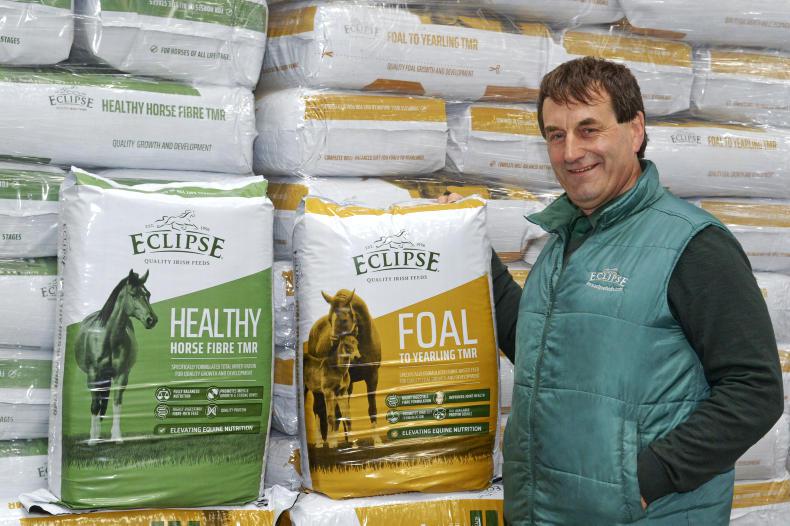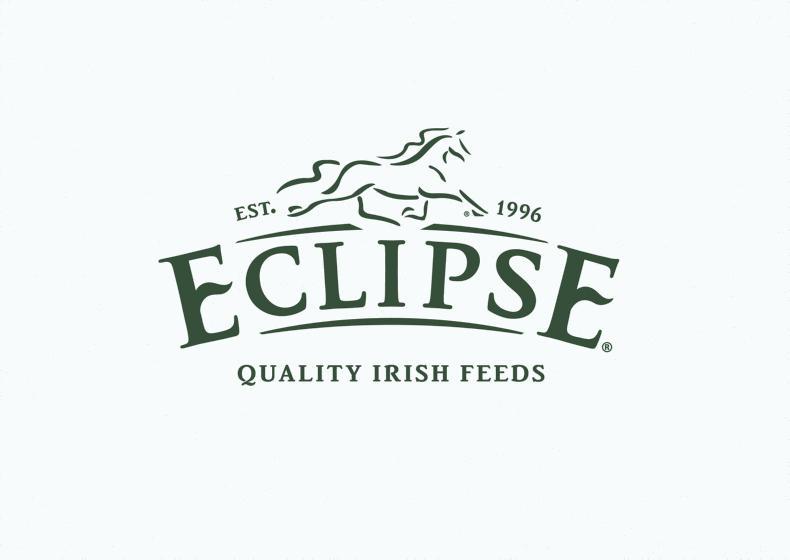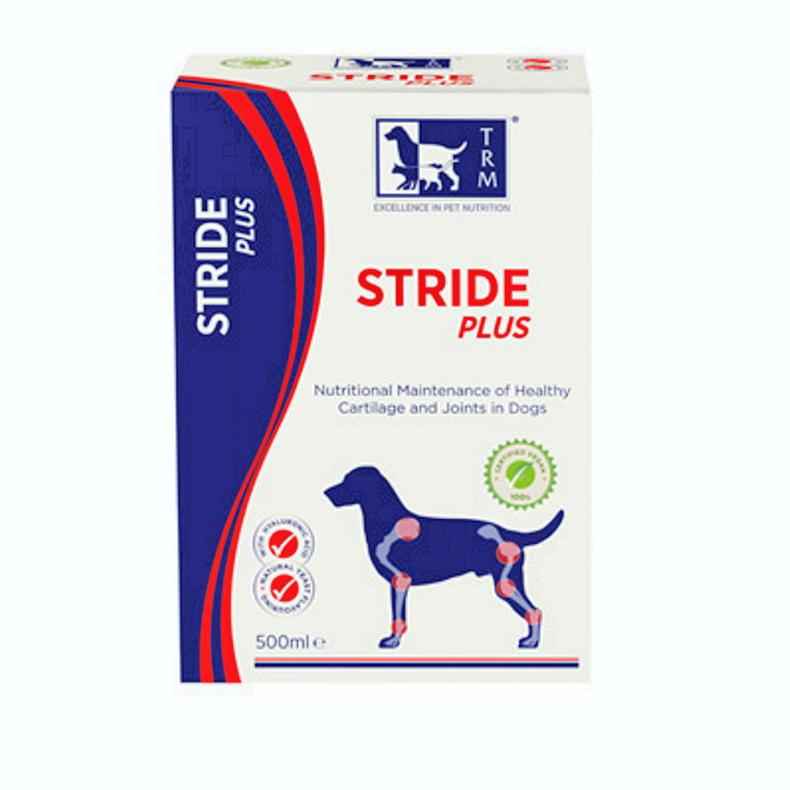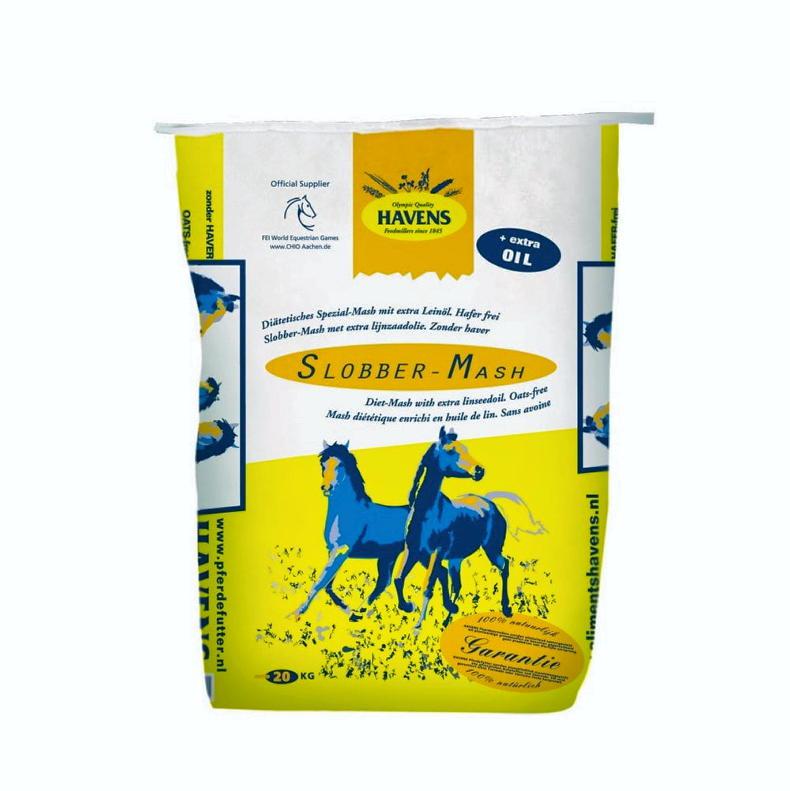CONSISTENT success at competition is every competitor’s goal, but this will only happen if the horse is healthy and happy.
Providing an ideal combination of training and the correct ‘fuel’ (nutrients) to support that work in an environment that caters for the horse’s innate behavioural needs, will go a long way to achieving that goal.
The forced break in this season’s competition schedule has provided a unique opportunity to reassess what we do with our competition horses.
Now is the time to learn about new developments and try out different techniques to improve the life and performance of our willing equine partners who jump, gallop and dance at our behest.
Welfare
Centuries of careful selection of thoroughbreds and warmbloods alike, has produced a superlative athlete in the horse, but in our desire to harness and develop this, we all too often compromise their health and welfare.
Nutrition has a massive impact on health and performance. Yet the diet and feeding regime can be the main cause of problems, such as developmental bone disorders, gastric ulceration, allergic respiratory disorders, acidosis, colic and laminitis; all performance limiting at best, and life threatening at worst. Simply varying the types of cereal-based concentrates fed has not always been the answer but that is all set to change.
Solving the issue
Eclipse Feeds have two new all-fibre feeds:
These feeds are helping to solve many of the diet-related problems in growing and mature performance horses. Both feeds have been scientifically formulated using high quality ingredients, are cereal free and highly digestible. To appreciate why these feeds are so good we must look at the digestive capability and feeding habits of the horse.
The trickle feeding habit of the horse is ideally suited to a high-fibre diet which stimulates saliva production and delivers a moist, well-buffered bolus to the stomach. We capitalise on the fact that soluble carbohydrates, protein and fat are enzymatically digested in the foregut, while the structural (fibre) part is fermented in the hind gut, thereby delivering nutrients in readily accessible forms. The skill in feeding comes with balancing these and matching the diet with requirements, while maintaining digestive health.
Over-reliance on foregut digestion of high amounts of cereal (fast-release energy from starch in cereals), can lead to rapid and persistent peaks in plasma insulin. Hyperinsulinemia (high insulin) negatively affects the production of some hormones that are important for the development of cartilage to bone and this is one of the major causes of developmental orthopaedic diseases (DOD).
Meal feeding cereals also leads to dumping of rapidly fermented starch into the hindgut where it alters microbial profiles and fermentation end products all of which can precipitate acidosis, colic and laminitis. Even if your foal is growing rapidly or your performance horse is working very hard, feeding lots of cereals will expose it to these risks. The only way you can fix this is to reduce or eliminate the insulin stimulating cereals from the diet.
Early growth and development of any living thing will set the scene for future life, so for those young animals in our care, it is essential that we give them a good start. The economic advantages of producing mature foals and yearlings for sales is clear, but contrary to popular opinion and traditions it is no longer necessary to feed high levels of cereals to achieve maximum growth rates.
Performance
A recent study, carried out at the Royal Agricultural University in Gloucestershire UK, under the guidance of Dr Meriel Moore-Colyer tested the performance of the Eclipse Foal to Yearling TMR against a conventional cereal-based stud cube when fed to two groups of thoroughbred foals.
The growth rates of 1kg per head per day were equal for both groups and measurements such as wither and hip height, heart girth, and observation of joint growth and behaviour were all more favourable for the TMR group. The fibre diet did not produce big-bellies in the foals, often a concern that discourages owners from feeding fibre to young stock.
Accompanying gut health measurements in the study demonstrated that the TMR reduced acidity and lactic acid levels in the stomach and hind gut all of which translates to less gastric ulcers, less acidosis.
The palatability of the Eclipse Foal to Yearling TMR diet encouraged the foals to trickle feed and being starch-free there was no sign of (DOD) despite the fast growth rates. The development of this unique feed has now made it possible to produce well-developed animals without risking poor gut health and DOD which are the scourge of the thoroughbred young stock industry.
The other feed set to change the way we feed mature performances horses is the Eclipse Healthy Horse Fibre TMR, a unique all fibre, cereal-free feed. The energy and protein levels are equivalent to conventional ‘hard feeds’ so it provides readily available energy without the negative high-glycaemic index (GI), gut health and behavioural issues that can stem from feeding starch. The feed can be used as a complete or partial cereal replacer and the slow release energy source fuels activity for longer, so the ‘fading-effect’ seen at the end of a race or jumping round is reduced.
The challenges of meeting the demands of modern equestrian activities are great, but feeding to meet these demands while maintain a healthy horse has just got easier. You are what you eat and so is your horse, you owe it to your equestrian partner to do the best for them and that best is to feed highly digestible fibre.
Further information available from:
Eclipse Feeds Ltd
Tel: +35321 4775592
E: info@eclipsefeeds.com
Web: www.eclipsefeeds.com




 This is a subscriber-only article
This is a subscriber-only article
 It looks like you're browsing in private mode
It looks like you're browsing in private mode











SHARING OPTIONS: